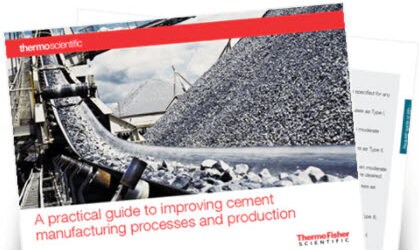
Barite Mineral
- During 2014, the number of drill rigs operating in the United States rose steadily—from 1,757 at year-end 2013 to 1,918 in October 2014.
- Estimated 2014 barite imports increased by more than 29% compared with those of 2013, indicating increased demand for barite in the drilling sector.
- The dependency on a few major exporting countries and rising prices has led to increased interest in diversifying barite supply. In the United States, this is evidenced by a notable decrease in barite imports from China.
- Globally, there is ongoing interest in developing new sources of barite. Barite mining projects in various stages of development are underway in Canada, Georgia, Guatemala, Kazakhstan, Liberia, Mexico, Nigeria, and Zimbabwe.
- In the United States, identified resources of barite are estimated to be 150 million tons, and undiscovered resources include an additional 150 million tons.
- The world’s barite resources in all categories are about 2 billion tons, but only about 740 million tons is identified resources.
According to Geology.com, barite often occurs in sediments and sedimentary rocks. It is especially common as concretions and vein fillings in limestone and dolostone. Where these carbonate rock units have been heavily weathered, large accumulations of barite are sometimes found at the soil-bedrock contact. Many of the commercial barite mines produce from these residual deposits. Barite is associated with sand and sandstone, hydrothermal veins, sulfide ore veins, and ores of antimony, cobalt, copper, lead, manganese and silver. In a few locations barite is deposited as a sinter at hot springs. Finding these deposits can be accomplished with x-ray-fluorescence (XRF) technology. Field-portable XRF is especially useful in early-stage exploration because it provides in-situ geochemical analysis of outcrops, soils, cuttings, cores and direct samples to determine the likelihood, and if applicable, the potential productivity of a deposit. Editor’s Note: For more about Barite and Barium, see our Infographic: 9 Fast Facts About Barium.






Leave a Reply